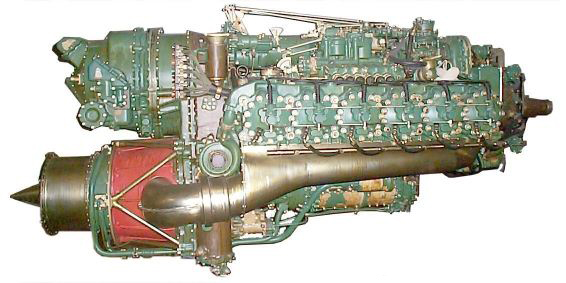In Toyota-style hybrids, the IC engine is generally a pretty bare bones affair compared to a typical modern turbo, which helps in terms of cost and reliability (the parts count isn't actually that bad).Yes, existing automotive technology would make for a wonderful new aviation engine; you still have to do the design and development work. I'd imagine you could probably start with a derivative of an existing auto engine (perhaps lightnening the block and removing unneeded accessories), but a lot (most?) of your technical work would come in integrating the propeller drive (chances are you'd need a reduction drive of some sort) and integrating a liquid-cooled engine into airframes designed for air-cooled opposed engines
Well, the Prius engine does not have a turbocharger and intercooler. But it it is hardly bare bones. It still has everything that other Toyota four-cylinder engines have: twin cams, poppet valves, pistons, rings, fuel injection, 12-volt starting battery, etc. Plus it has the drive-train battery, an electric reverse motor, and, in the original configuration at least, two electric drive motors, one of which doubles as an alternator during breaking and coasting. One of the engineers that I used to work with called my Prius a "four-engined geek Ferrari".
I am not a mechanical engineer. But what follows is what I understand about these cars after owning three of them.
The Prius IC engine is not smaller than those in comparable vehicles: it has the same displacement as most Toyota four-cylinders (1500 cc if memory serves). The only thing that differentiates it is the Atkinson Cycle. In this system, the inlet valve is held open for part of the compression cycle. This makes the expansion cycle longer than the compression cycle, thus extracting more work from expansion than the engine expends on compression. This feature is part of the reason for the good fuel economy. The Atkinson cycle engine burns less fuel per cycle and is thus less powerful than an otherwise comparable Otto cycle engine. But it extracts more power from the fuel that it does burn.
My main point, though, is that the Prius is
not a standard car with an electric motor bolted on. It is a carefully designed system that maximizes economy by recapturing energy that would be wasted in an ordinary car. The result is necessarily complex. But it works.
In general, IC engines in passenger cars have to be sized to provide enough power and torque for a required, minimum rate of acceleration. They deliver more power than the car can use under most operating conditions and thus weigh more and consume more fuel. The Prius IC
engine is no different in this respect. But the Prius
system lets the car make use of extra power that would otherwise go to waste and optimise fuel consumption over the course of a trip. The IC engine is integrated with an alternator, battery, and a control system. When the IC engine is running, the control system uses any excess power to charge the battery. When the battery stores enough power, the electric motor runs instead of the IC engine. The control system monitors the state of the powertrain as a whole and selects the optimum operating mode:
- When stopped, a Prius does not idle. If the battery is low, the IC engine runs until it is charged. Otherwise, the IC engine shuts down until you start up again, at which point the electric motor gets you moving while the engine restarts.
- During regenerative braking and while coasting, the IC engine shuts down while the alternator charges the battery. The Prius system essentially recaptures a percentage of the energy that the car expended during acceleration, rather than wasting the energy as heat in its brake rotors.
- When accelerating away from a stop, the IC engine and the electric motor work together. The electric motor delivers 100% torque and power at 0 rpm, where the IC engine has 0 of both. By the time the wheels are turning and the battery is draining, the IC engine is up to speed.
(Priuses are not sports cars. But their performance can be surprising. A guy in a mid-life-crisis-yellow Corvette decided to cut my wife off at a stop light by outdragging her from the turn-only lane and cutting in front. His ostentatious throttle blipping annoyed my better half enough to make her forget her usually staid driving habits. When the light changed, she floored it. We were across the intersection before the Corvette could get moving and he stalled in the middle of the crossing.)
Getting back on topic, I am not sure what the future of the internal combustion engine and automobile/air transport may be. But I am sure that solutions won't be simple. We can't go on burning fossil fuel. Had we accepted that 50 years ago, there might have been simple solutions. But now, every approach will likely involve complex trade-offs, compromises, and sacrifices that we haven't imagined yet. The Prius is, hopefully, a harbinger of the engineering spirit that will accept the sacrifices, make the trades, and come up with harmonious, practical, if complex results.



